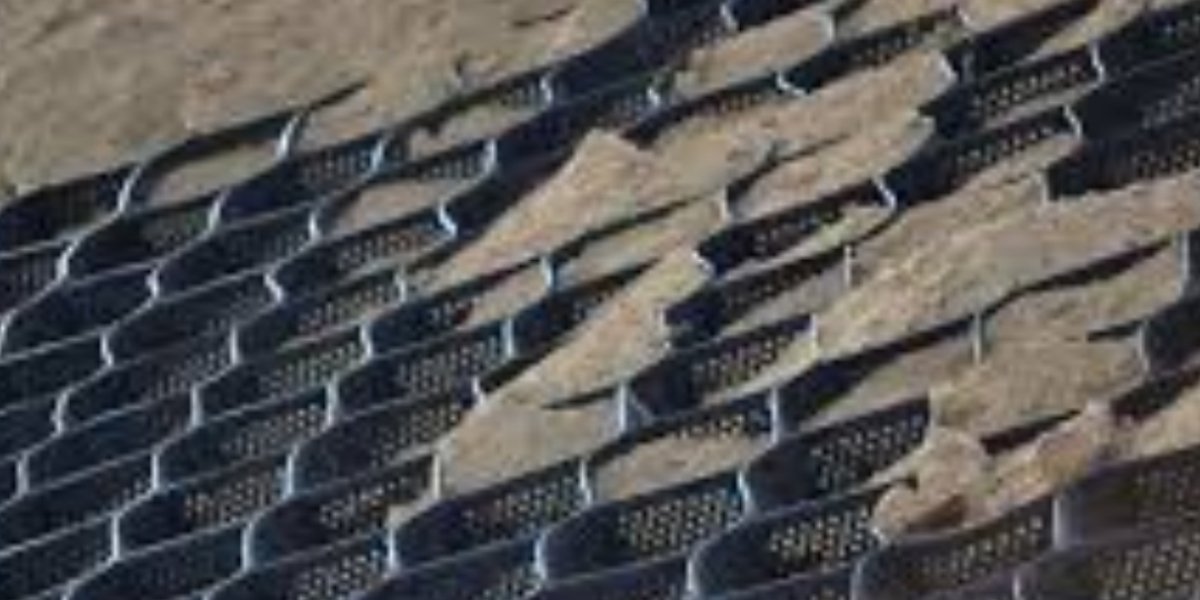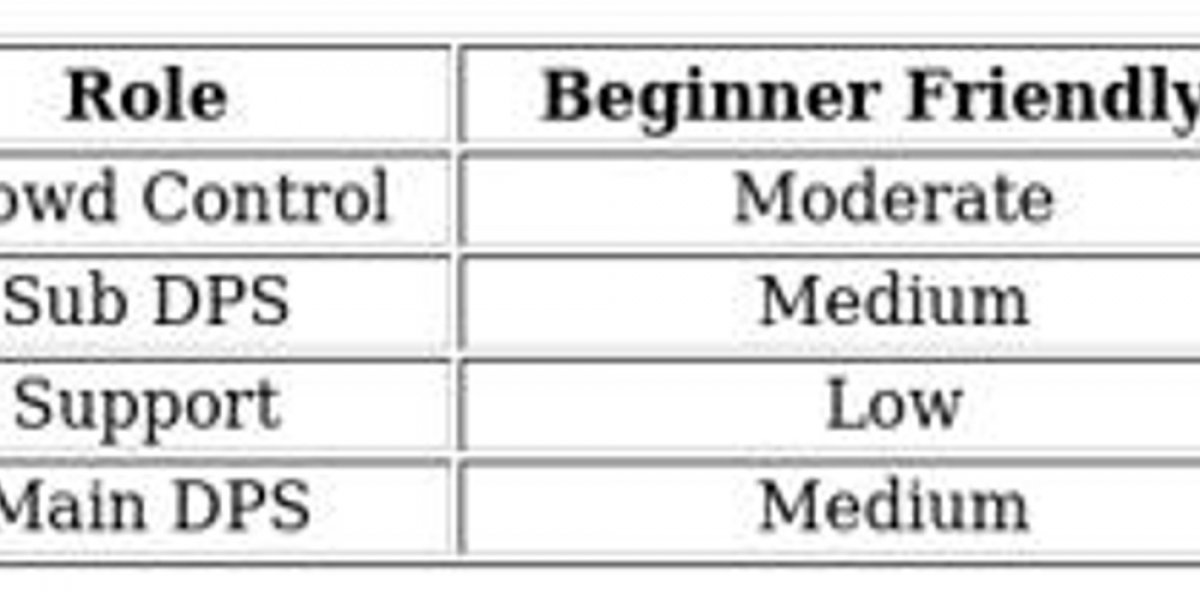Innovation is a central theme in addressing challenging problems in site work and establishing sustainable and environmentally friendly infrastructures within civil engineering and infrastructure development. Geocell technology is one such innovative technology that is capable of modifying traditional concurrent soil stabilization and road building methods. Geocell is a cellular confinement system typically made of high-density polyethylene (HDPE), which creates a honeycomb system as it is filled with local materials, combined creates significant strength and stability to various construction materials. Geocell has demonstrated its considerable utility for geocell roads, which aid in project success through the load distribution improvements, reduce erosion, and provide a cost-effective solution to road construction. With the increased international demand for infrastructure, engineers and project stakeholders will have to understand the technical details of geocell technology so that resilient and sustainable solutions can be used provide on time.
Understanding Geocell Technology: The Core Principles and Components
Geo cell technology revolves around the creation of a 3 dimensional cellular structure that supports the soil underneath. The material for Geocell is chosen to be a strong type of plastic such as HDPE, which is at the same time light enough to be expanded at the site and durable enough to resist weathering. The installed panels are extended, and then they are put on top of a prepared ground surface; next, the cells are loaded with the proper materials e.g. gravel, crushed stone, or earth. The element that fills the cells acts as a confining agent shielding lateral movement and supplying a stable matrix that distributes applied loads evenly. Besides, water is allowed to flow through geocell systems freely thus hydrostatic pressure is alleviated and water-related damage is prevented. This ingenious combination of confinement, drainage, and load distribution is the secret behind geocell technology's use in different geotechnical applications.
Applications and Advantages of Geocell in Modern Construction
The areas where Geo cell technology can be used is just but a few compared to the different application of geocell technology in modern construction, which after decades of examination under different conditions reveals more benefits. The technology gives a straightforward solution for over weak or irregular soils building durable roads that can withstand the necessary traffic without excessive wear and tear, thus overall transportation infrastructure lifespans are elongated and maintenance routines and transport costs diminished. In addition to that, using geocells it is possible for the designed structures to absorb vibrations better in metro or railway underground construction projects solving a noise pollution problem as well which without geocells would certainly have happened. What is more geocells technology finds application in areas suction, say the manufacturing industry, rickety or poorly maintained embankments, banks sheds, utility trenches, river floodplain control, and even artificial reefs. Reduced construction time, lower building expenses, reduced environmental impact, and prolonged structural life are only some of the main advantages of geocell technology. The fact that it can be used in different terrains and atmospheric conditions makes it a favorite of not only modern civil engineering projects but also such as project which aim to sustainability and resilience as their target.
Implementing Geocell Systems: Best Practices for Success
The Geocell road construction implemented successfully needs your planning and execution to be of the highest level. That work starts with a very thorough inspection of the place and it entails checking the soil, how much weight it can bear, and its drainage characteristics as well. Ground preparation, if done right, is a real plus-point—getting rid of waste, making the surface even, and compacting the bottom layer to create a strong substructure. After that, they open up the geocell panels and spread them out in a manner that guarantees complete coverage. Thus, it is ensured that overlap and fixing with nails or pegs will stop the pieces from moving when the filler is put in. The cells are filled with the correct materials like pieces of rock or gravel in small amounts and these amounts are pressed thoroughly to provide maximum reinforcement. The last layer whether it is asphalt or concrete is laid after the installation of the geocell system is verified. The installation of such a system can be kept for a long time through constant checking and upkeeping.
Environmental and Economic Benefits of Geocell Technology
Geocell technology has an excellent environmental impact which makes it one of the most persuasive reasons for which it should be used. Besides soil strengthening, by geocell implantation the procedure becomes a lot cleaner because less and lighter works are necessary which avoid pollution, energy and emission problems as well as noise and dust. It is also a permeable structure, so it allows water to flow through it naturally and reduces the chance of erosion caused by surface water. Geocell constructions are also economically beneficial in the sense of road and other projects. The savings on material purchases, the shorter time of construction, and the lower maintenance costs are the great contributions to the cost-efficiency of the projects. What is more, the possibility of overcoming difficult terrains without substantial earthworks makes geocell systems attractive in remote and environmentally sensitive areas. These advantages actually correspond to the goals of the sustainable development program far into the future, which means infrastructure remains viable with less harm done to the environment.
The Future of Geocell Technology: Innovations and Sustainable Development
The future of geocell technology looks very promising as well which is why the explorations and innovations are still on. One possible advancement in material science is that it could result in the creation of geocell panels that are biodegradable or have less environmental impact. The coupling with smart monitoring devices will probably provide condition checking in real-time a maintenance optimization possibility. Besides these, geocell applications can, at present, be gradually theorized in flood control, urban slope stabilization, and green infrastructure such as vegetated embankments and retaining walls. The challenge of climate change and the subsequent trend of urbanization have made governments and private industries fully aware of the urgency of building resilient infrastructures which, consequently, makes the employment of geocell systems integral to the future sustainable development strategies. The advancement of geocell technology means that the coming days not only will be more robust regarding infrastructure but will also be more respectful of the environment.
Conclusion
To sum up, Geo cell technology is a game-changing solution for soil stabilization and road building that lead to long-lasting, economical, and eco-friendly results. By its nature, it can essentially strengthen the most vulnerable soils, repel erosion, and enable provision of water in a sustainable way. All these features make the geocell an indispensable part of the next generation of infrastructure. The need for resilient and green construction solutions is on the rise. Thus, the use of geocell systems will be propelled not only by ongoing innovations but also by the broadening recognition of their advantages. It is a wise move for the engineers, developers, and policymakers who opt for the implementation of geocell technology in their projects to lay the foundation of future communities comprising of the eco-challenged and infrastructural-resilient kind. There is no doubt that the future of geocell is bright, foretelling safer, greener, and more sustainable built environments all over the globe.
Frequently Asked Questions
What exactly is geocell technology?
Geocell technology relates to the use of a cellular confinement system that is manufactured from sturdy polymers. This system, after expansion and infill with local materials, serves to reinforce the soil and improve its load-bearing capacity.How does geocell improve road construction over weak soils?
The geocell helps in carrying out the traffic loads more evenly and at the same time it stops soil movement, thus shore up, and makes it possible to build long-lasting roads on difficult terrains.What materials are used to fill geocell panels?
One may opt for stuff such as crushed stone, gravel, soil, or other aggregates that suit the project and weather conditions.Can geocell systems be environmentally sustainable?
Certainly, especially with the introduction of new biodegradable alternatives. Also, the need for extensive excavation and import of fill materials is lessened.What are the main advantages of using geocell in construction?
First of all, geocell ensures stability. It also helps to save time and money in construction. Moreover, geocell is excellent for controlling erosion and facilitating water drainage. Last but not least, its use comes with environmental advantages.Who is the largest supplier of Geocell?
Singhal Global PVT Ltd is one of the suppliers of Geocell, but it is not necessarily the largest globally. The largest supplier of Geocell can vary depending on the region and market demand.Who is the largest exporter of Geocell?
Singhal Global PVT Ltd may be a recognized exporter of Geocell, but it is not typically identified as the largest exporter worldwide.Who is the largest manufacturers of Geocell?
Singhal Global PVT Ltd is one of the manufacturers of Geocell, but it is not generally recognized as the largest manufacturer worldwide.Can geocell be combined with other geotechnical solutions?
Indeed, the integration of geocells with geogrids or geotextiles may provide additional support to the subgrade for intricate projects.How about geocell structure maintenance?
Mostly they are of low-maintenance nature; periodic checks for locating and fixing any damages contribute to the service life and functionality of the structures.








